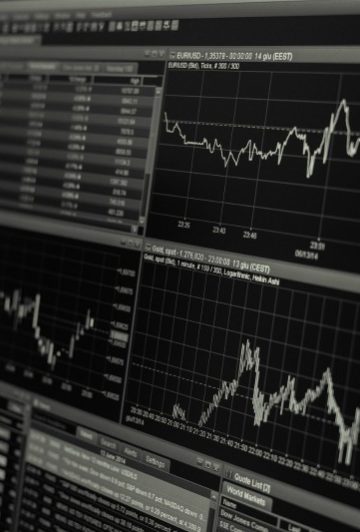
Democracy, Capitalism, and Regulation
Christopher DeMuth
Hertog Foundation | 2012
Washington is in a regulatory growth spurt. Hundreds of rule-making proceedings are underway or impending under the Wall Street Reform and Consumer Protection Act (Dodd-Frank) and the Patient Protection and Affordable Care Act (ObamaCare), both enacted in 2010. The Environmental Protection Agency (EPA) is pursuing many hugely expensive pollution-control initiatives. The Federal Communications Commission (FCC) wants to regulate the Internet. Agencies are tightening highway fuel-economy standards and banning the incandescent light bulb. Federal price controls, out of favor since the wage-price controls of the 1970s, are making a comeback in health insurance and debit cards.
Congressional Republicans are up in arms over these developments. The arrival of the Tea Party class of 2010 produced prompt moderations in the trajectories of taxing, spending, and borrowing, all of which require periodic legislation. Yet the current partisan divide is illusory. The modern regulatory state is a thoroughly bipartisan enterprise. During the half-century before President Obama’s election, the greatest growth in regulation came under Presidents Richard Nixon and George W. Bush. And the Bush administration set the stage for many of the Obama initiatives that Republicans are now attacking.
In this seminar, students will explore the challenges of regulatory growth. What are the sources and consequences of regulatory power? Can our regulatory state be reformed, and what strategies might be effective in constraining regulatory power?
Photo from Pixabay